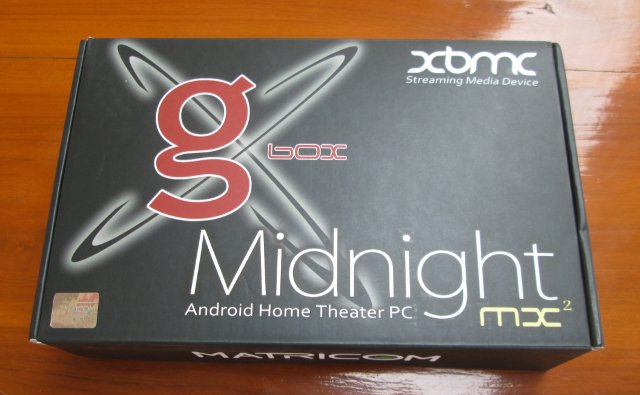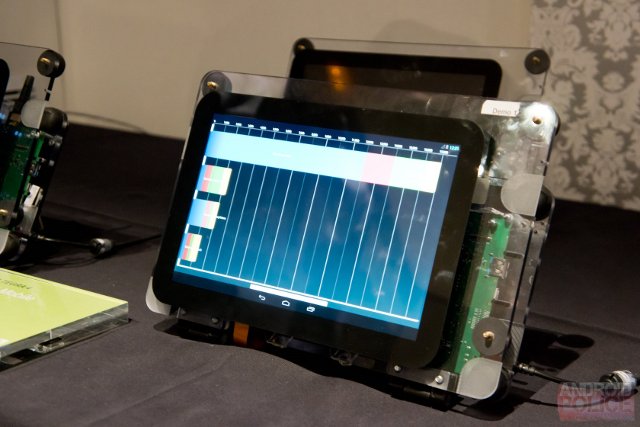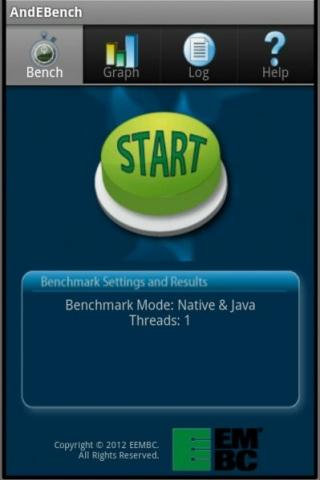Matricom sent me one of their latest G-Box Midnight MX2 media player based on AMLogic AML8726-M6, with 1GB RAM, 8 GB flash, running Android 4.2, and with full support for XBMC. This is an update of the G-Box Midnight based on AML8726-M3 which supports XBMC in Android, as well as XBMC Linux thanks to community builds. Specifications: SoC – Amlogic AML8726-MX Dual Core Cortex A9 CPU + dual core Mali-400 GPU System Memory – 1GB DDR3 RAM Storage – 8GB Flash + SD card slot (Up to 32GB) Video Output – HDMI v1.4, composite (CVBS) and component (YUV) Audio Output – HDMI, AV, and SPDIF Connectivity – 802.11b/g/n internal Wifi + 10/100 Ethernet Port USB – 4x USB 2.0 Ports (1 might be OTG) IR sensor Power Supply – 5V/2A The hardware and software is very similar to Tronsmart Prometheus (See review), as both are based on AML8726-MX, run Android […]
Nvidia Tegra 4 Benchmarks on Tablet Reference Design
Mobile World Congress 2013 has just started. Nvidia is showcasing both a smartphone reference platform based on Nvidia Tegra 4i (Phoenix reference phone) and an unnamed tablet reference design with Tegra 4 during the event, and several Android benchmarks have been run on the platform including Antutu and Quadrant. The results in the quad-core Cortex A15 Tegra 4 are really impressive with over 36,000 in AnTuTu and 16,000 in Quadrant, which are the best scores ever reported (by far) on those two benchmarks, as the top score in Antutu achieved with an overclocked Galaxy Note 2 is just over 27,000, a phone like the HTC One X scores around 5,600… Android Police also ran two other benchmarks that can help to access web browsing performance: Vellamo (HTML5) and SunSpider. The Tegra 4 completes SunSpider in 494ms (vs 1124ms with HTC One and 208ms in my desktop PC), and scores 3300 […]
MediaTek Unveils Quad-Core Cortex-A7 MT6589 SoC
This December is a busy month for silicon manufacturers and Cortex A7 processor, after AllWinner A20 and A31, Rockchip RK3188 (4x Cortex A9), Qualcomm MSM8226 & MSM8626, Broadcom BCM21664T (2x Cortex A9), MediaTek announced MT6589, a quad-core Cortex A7 System on a Chip (SoC) with Imagination Technologies PowerVR Series5XT GPU that targets mid to high-end Android smartphones and tablets. Mediatek MT6589 also integrates a multi-mode UMTS Rel. 8/HSPA+/TD-SCDMA modem developed in-house, Mediatek’s 4-in-1 connectivity combo (802.11n Wi-Fi, BT4.0, GPS and FM), and a multimedia subsystem that supports 1080p 30fps/30fps low-power video playback and recording, a 13MP Camera with Integrated ISP, up to FHD (1920×1080) LCD displays, and enhanced picture processing for DTV-grade image quality. This SoC also features MediaTek’s “Cool 3D” suite for support for stereo 3D cameras and displays & real-time 2D-to-3D, as well as support for Miracast technology. The first devices based on MediaTek MT6589 should be available […]
List of Android Benchmarks, Optimizations Results & Benchmarks Analysis
Linaro Connect Europe occurred in Copenhagen on Oct. 29 – Nov. 2 2012 (LCE12) and included 3 mini-summits about Android, big.LITTLE and ARMv8. Linaro has recently posted the presentation slides and I’ll have a look at a few of those slides in details and try to post information that I feel can be interesting. Today. I’ll go over the “Benchmarking and Optimization Opportunities” slides, where we can learn which Android Benchmarks Linaro use, how they’ve decreased benchmark results variance, which parts of the system are actually tested by benchmarks (profiling), and what they plan to do to further optimize Android on ARM. When I do some reviews, I usually simply use Antutu and Quadrant benchmarks to assess the performance of the devices, but Linaro uses many more benchmarks which I’ll list below. I’ll provide 2 links for each benchmark. The first link is to the official website and the other […]






